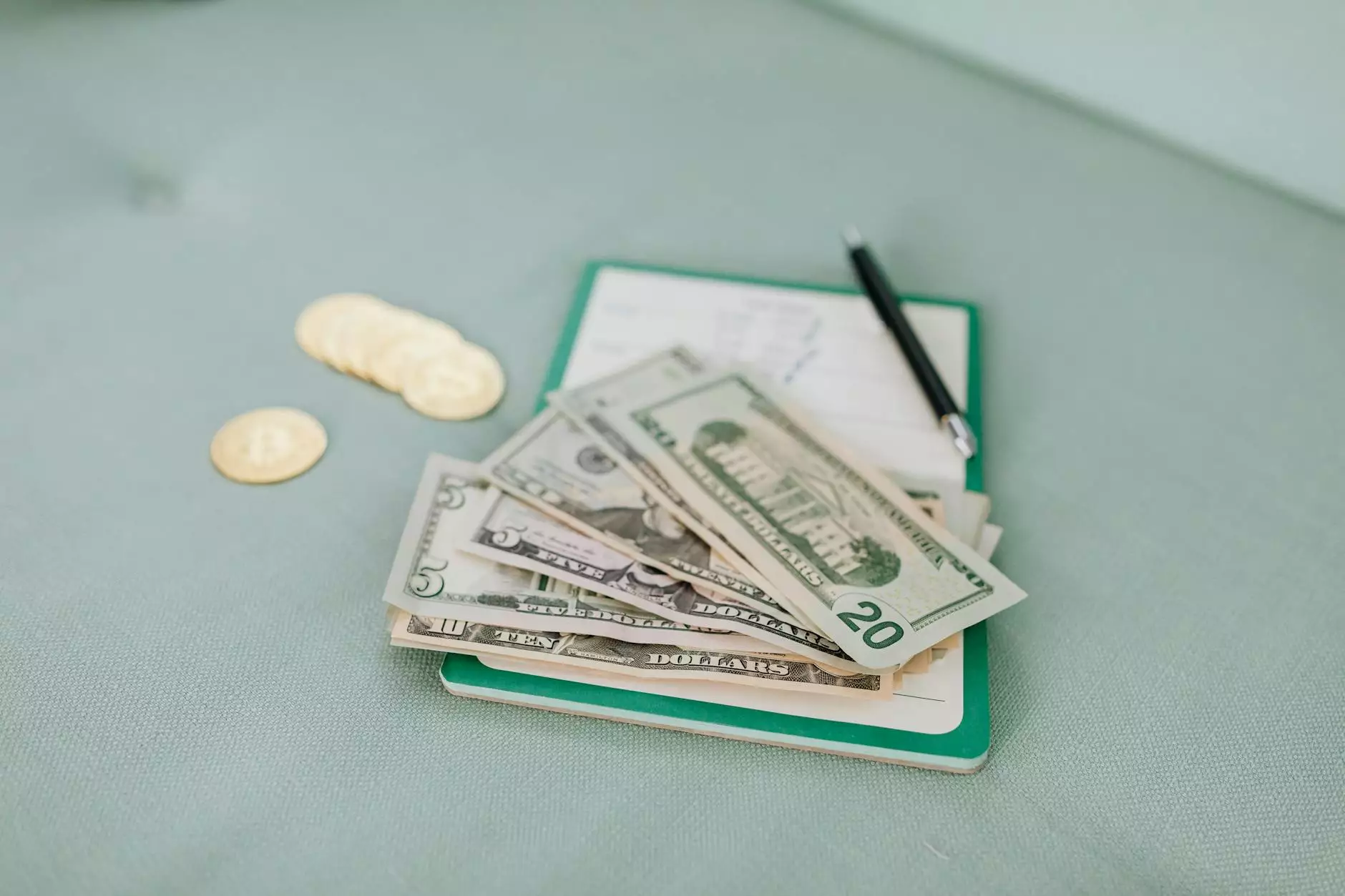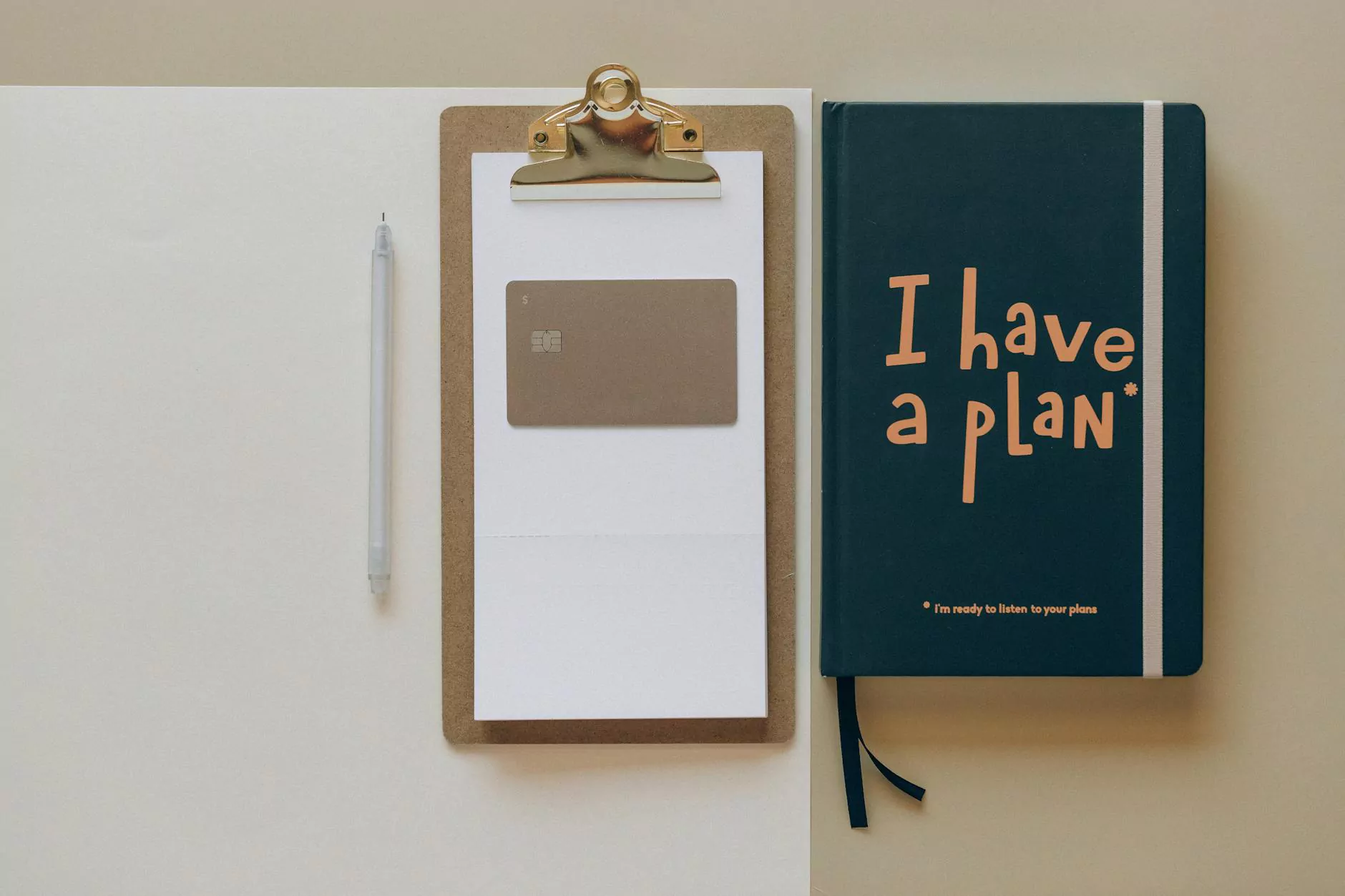How to Curb Your Impulse Spending in Three Steps
Financials & Reports
Introduction
Welcome to Social Service of America's guide on how to curb your impulse spending. If you find yourself struggling with your finances due to impulsive purchasing decisions, you're not alone. However, by following these three simple steps, you can regain control over your spending habits and make wiser financial choices.
Step 1: Understand the Root Causes of Impulse Spending
Before you can effectively curb your impulse spending, it's essential to understand why you engage in such behavior. Impulse spending is often driven by emotional triggers, such as stress, boredom, or a desire for instant gratification. By identifying these triggers, you can start making conscious decisions when faced with impulsive buying opportunities.
Step 2: Create a Budget and Stick to It
One of the most crucial steps in curbing your impulse spending is creating a realistic budget. Take the time to assess your income, expenses, and financial goals. Allocate a reasonable amount for discretionary spending, including occasional indulgences, but ensure it's within your means. By having a clear budget, you'll be more mindful of your purchases and avoid falling prey to impulsive urges.
Subheading: Prioritize Your Needs Over Wants
Within your budget, it's important to prioritize your needs over wants. Distinguish between necessary expenses and unnecessary indulgences. Focus on essentials like housing, food, transportation, and healthcare before allocating funds for non-essential items. This approach will help you make informed decisions about where to allocate your hard-earned money.
Step 3: Adopt Healthy Financial Habits
To successfully curb your impulse spending, it's crucial to establish healthy financial habits. Here are some strategies to consider:
Subheading: Track Your Expenses
Maintaining a detailed record of your expenses can be eye-opening. Use digital tools, budgeting apps, or traditional pen and paper to track every purchase. Reviewing your spending patterns regularly will help you identify unnecessary expenses and adjust your behavior accordingly.
Subheading: Delay Gratification
When faced with the urge to make an impulsive purchase, practice delaying gratification. Give yourself a cooling-off period of 24 hours or more before committing to the purchase. This will allow you to evaluate whether the item is truly necessary and aligns with your long-term financial goals.
Subheading: Find Alternative Ways to Cope
If emotional triggers often lead to impulse spending, it's important to find alternative ways to cope. Explore healthier outlets such as exercising, meditating, or pursuing a hobby. By addressing the underlying emotional needs, you'll be less likely to seek instant gratification through impulsive purchases.
Conclusion
By implementing these three steps and adopting healthier financial habits, you can successfully curb your impulse spending. Remember, it's a journey that requires self-awareness, discipline, and determination. Social Service of America is committed to providing valuable resources and support to help individuals like you make positive changes in their financial lives. Take control of your finances today and start making more mindful decisions.









